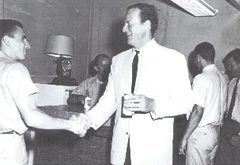AREA 51 CHARACTERS (2011)
Colonel Richard S. Leghorn
Edward Lovick Jr.
Ray Goudey
Colonel Hugh “Slip” Slater
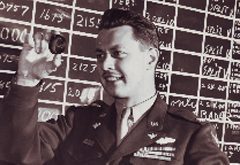
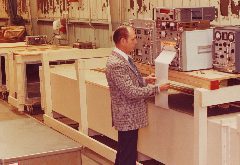

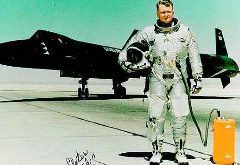
Alfred O’Donnell
Colonel Hervey S. Stockman
Colonel Sam Pizzo
Ralph James ‘Jim’ Freedman
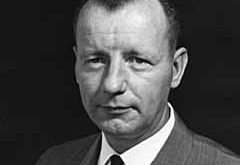
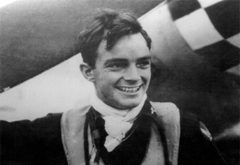
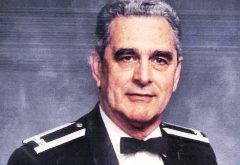
(b: 1922) served as a navigation expert for Oxcart training missions at Area 51. On a previous U.S. Air Force assignment, in 1959, Pizzo escorted President Eisenhower’s nemesis, Nikita Khrushchev, from Moscow to America.
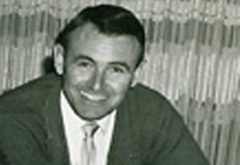
Dr. Albert “Bud” Wheelon
Colonel Kenneth B. Collins
Lieutenant Colonel Francis J. “Frank” Murray
Robert “Bob” Murphy

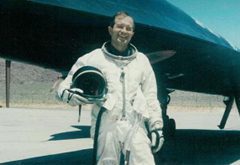

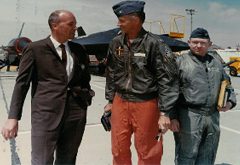
Captain Donald J. Donohue
Ernest “Ernie” Williams
S. Eugene “Gene” Poteat
Richard Mingus
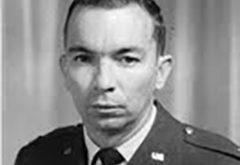

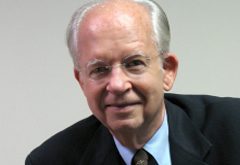
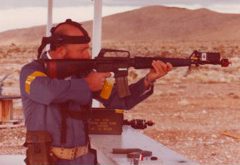
Harry Martin
Lieutenant Colonel Tony Bevacqua
Colonel Charles “Charlie” Trapp
Thornton “T.D.” Barnes
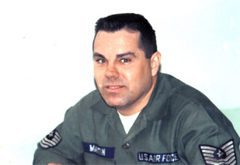
(b: 1931) was in charge of Project Oxcart’s 1.32 million gallon fuel farm at Area 51. He became one of the first men to return to the nearly deserted, top secret base after fallout from atomic testing closed the facility in late 1957.
